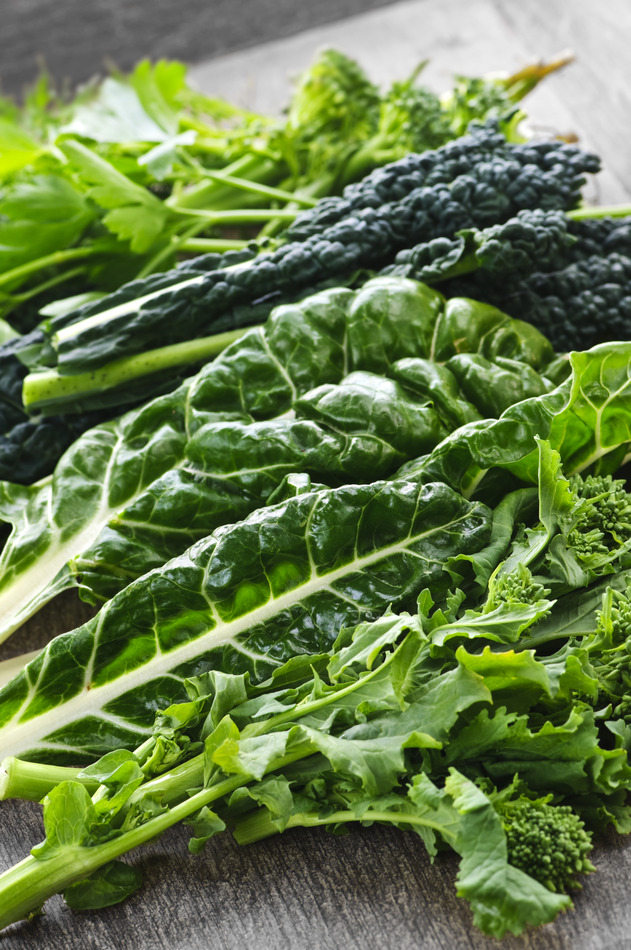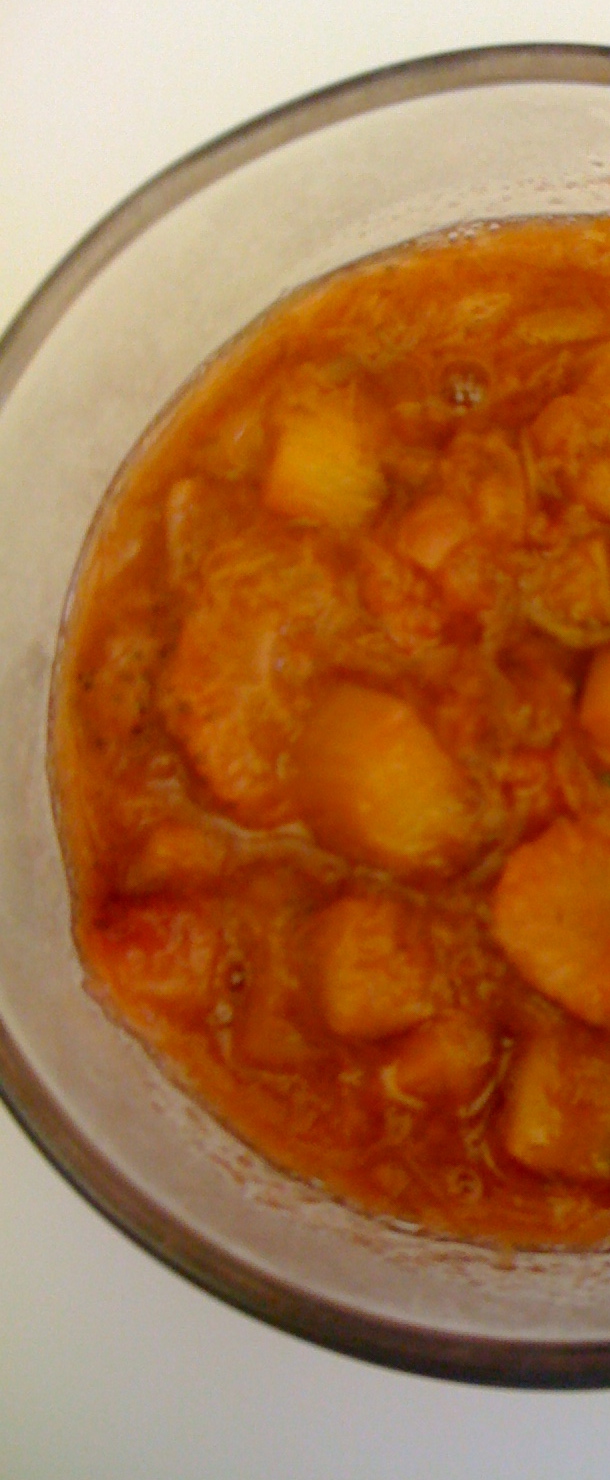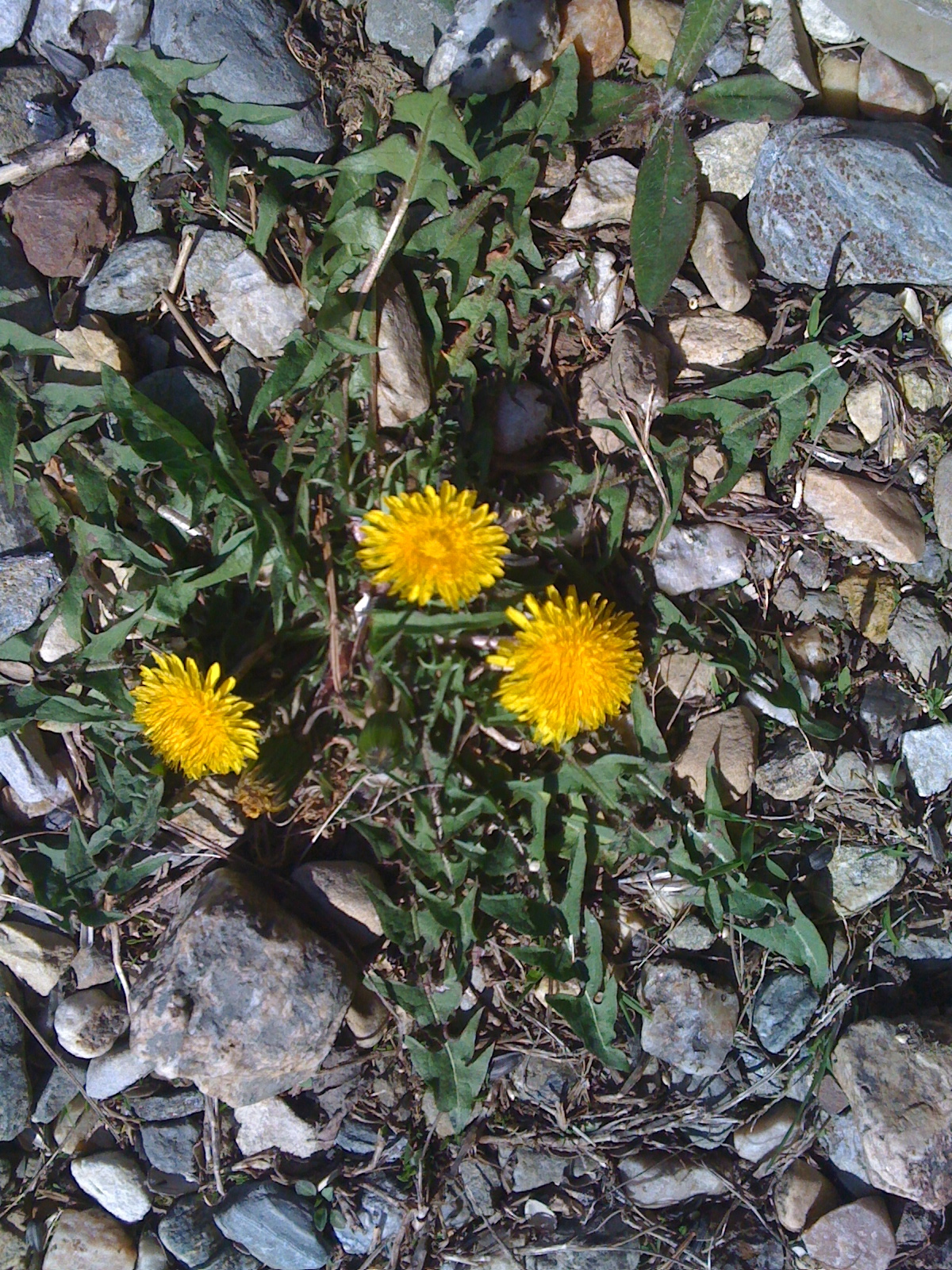
As an integrative dietitian for the past 25 years or so, I’ve had a front row seat to the rise of the toxic food environment and the physical and emotional damage it has wrought.
I often say to guests at Kripalu after the first part of a talk on detoxification, when we’ve waded through just how toxic our food and our lives can be. The ramification are sinking in (horror-stricken is the dominant expression). At this moment of despair I remind myself to think of the Kripalu volunteers. Every 6 months, we have a new flight of (usually) young, (often) optimistic volunteers who come to help keep the amazing place that is Kripalu operating.
Now I grew up in farm country – Western New York State. My grandfather was a farmer, and my father sold fertilizer (ugh) to farmers for a while. I picked apples and raspberries, planted Brussels sprouts off the back of a tracker (very dusty), and sorted tomatoes, again behind a tractor (can you say exhaust?) to earn spending money when I was in high school. But when I went off to Cornell, there was no way that I was going to move back to Lyndonville and the farm. But the young Kripalu volunteers all want to be organic farmers, or at least part of a local sustainable food movement. They get it, and are active about it. So when I feel overwhelmed I think of them – they are our future, and it helps me back away from the ledge and breathe.
I just got back from my first visit of the season to the farmer’s market in Great Barrington. And who should I run into Maddie Elling of Hosta Hill – a former member of the young Kripalu community. But now she is making fermented foods. Beautiful fermented foods. So I don’t have to! Fermentation is a bacterial process used in many culinary traditions for millennia – think sauerkraut, temple, beer, and yogurt. Fermentation is a growing food trend due in part to better understanding – and a growing number of great research studies – on the benefit of probiotics. People like Maddie are the solution to the toxic food environment. The opposite, actually, of the toxic food environment. Maddie is making beautiful clean nutritious food by hand. And when you can have a chat with her about how cool fermentation is and have a taste of her delicious goods (I got a beautiful tangy jar of Crimson Kraut), then you get the full dose of what local food is all about – nutrition, clean and sustainability, community, fun.
Sometime the worst (Twinkles? Lean Cuisine? Diet Coke? BPA?) are the energetic impetus or precursor for the best (home made sauerkraut made with love by a sweet local gal). I wonder if it had to get this bad to make space for something this good. It’s like the best thing George Bush did was be so bad that Barak Obama could become President. It happens just like that. It’s energy. Opposites do attract.
T”is the season. Get to your local farmer’s market – it about more than fresh greens (though that’s reason enough too).
Find your local farmer’s market here
Check out the 2013 farmer’s markets in the Berkshires and CT where you can find Hosta Hill here.
I’ve been in recipe mode this spring, I have just a few posted, but you can keep track of my recipe collection progress. Comments, please!

Who needs refined sugar, anyway? Nobody, really.
With just a bit of effort, you can enjoy naturally sweet foods and kiss foods with added sugar (and the rollercoaster of hunger and overeating they cause) goodbye. If you need convincing, here’s a recipe to get you started. It couldn’t be easier.
Serve this compote warm as a topping to grass-fed yogurt or whole grains and top with nuts. Makes a great desert or breakfast. How about to top some buckwheat pancakes for a Sunday breakfast?
Ingredients
- 3 young stalks rhubarb, cleaned and sliced crossways to approximate 1/2 inch cubes
- 10-12 strawberries, cleaned and sliced in half
- 1/2 inch slice fresh ginger
- 2-3 Tbsp water
Directions
- Prepare ginger. You can peel ginger easily by scraping it with a spoon. Do that, then dice.
- Simmer everything. Place rhubarb, strawberries and diced ginger into a small saucepan and simmer over low heat until soft, 15-20 minutes. Add water if needed to make or keep things juicy.
- Serve warm over grass-fed yogurt as a dessert or warm or cold with breakfast grains and nuts. Or, just eat warm as a sweet and tangy natural treat or side-dish.

Now is the time to begin a relationship with dandelion. They’re everywhere, and are still tender (not so bitter) now. The raw greens taste a bit like the skin of a tart apple, but as the season progresses, they’ll become more bitter. The flowers have a nice sweetness. So, head outside, find one and say hello, admire it for a breath or two, then (if you don’t use chemicals on your lawn) have a taste. Once you convince yourself that it’s really quite delicious, bring a few leaves in to top your salad or throw into your morning smoothie.
Dandelion is a nutrient dense liver and gall bladder tonic – a natural detoxifier perfect for internal spring cleaning. It’s often used to treat upset stomach, gas or constipation, and prevent UTIs (urinary tract infections), though the Natural Medicines Comprehensive Database notes insufficient evidence for any of these uses. It may affect the P450 detox pathway in the liver, so if you are on any drugs that clear through that route then don’t overdo dandelion (though if you time it right I bet dandelion would be supportive for you – again, be wise and know yourself, your health conditions and your medications). Otherwise, it’s a safe, healthy and economical (being free for most of us) herb to add to your spring table.
A cup of raw dandelion greens will give you the classic dark green leafy nutrient density – well over your daily needs of vitamins A and K, and about 10% of your calcium needs. They are also rich in iron, vitamins E, C and have a little omega 3 to boot.
Here are a couple of dandelion recipes from around the web to try:
Dandelion Greens with Hot Olive Oil Dressing from epicurious
Pink Dandelion Wine from The Old Farmer’s Almanac
Some nutritionists say that wild food speaks to us in a cellular pre-genetic language, suggesting we heal. While I can’t say if that’s true, I can tell you that when I’m eating greens that until recently I’ve thought of as weeds and they are delicious, my life is clearly better. As I get to know dandelion I’m glad he’s around (and he is everywhere). If dandelion can teach me to be a survivor in my life – a joyfully resilient survivor who doesn’t care if I’m considered weed or gourmet green – just offer my gift and practice non-attachment to who gets it – my life is clearly better.
Enjoy dandelion time.

Once in a while, Bill Maher weaves the headlines and the cultural zeitgeist into a riff that’s funny, poignant, and delivers a teachable moment like nobody’s business. On Friday night he did it again. He was in the zone on a topic I talk about all the time. He tied a few things together, and reminded me of this week’s absurd and scarily true media stories that reminds us that we’re really not paranoid by avoiding most restaurants and packaged foods.
Listen to what he has to say about clean food, Ikea meatballs, mislabeled fish and food labels.
Thanks Bill, blab on.

A little holiday cheer is in order. With the “new normal” economy (did we used to work this hard?) and the stress it brings along, the holidays haven’t come a day too soon. Sweet distraction!
Navigating the holidays while keeping your healthy lifestyle intact takes planning (of the mental and physical kind), and a compassionate mindset toward your own self-care. Be realistic: aim for maintaining your current weight rather than losing through the holidays, and emphasize the fun side of health whenever it’s available – which is quite a bit. Taking walks with family, dancing and playing with the munchkins or fur-faces of your clan are all ways to work a little activity into the party.
Then there’s food. Ah, holiday food. I think the best strategies are:
- not to skip meals, especially if you’re going to a party, and
- opt for as many fruits and vegetables (especially vegetables) as you can.
- When you encounter your favorite holiday foods, experiment with having a little without having a lot. The practice of mindful eating can help you develop the skill to savor and enjoy not only the sweet in your mouth but also the wonder of the season.
- It’s easy to overindulge. If you do, just notice the barrier to mindful savoring you encountered, learn from it and move on.
WWW to the Rescue
There’s no shortage of advice on the web for surviving the holidays. Here are some of the best I found:
- Web MD has articles, game plans, recipes, and more on their site. I thought this piece on avoiding holiday weight gain had some good ideas.
- Healthy doesn’t have to mean cookie-free. If you know you’ll be surrounded by sugar bombs this year, bring along some healthy holiday cookies from Eating Well Magazine.
- Family time isn’t always fun for everyone. If you want to connect with your family, but your family struggles with stressful interactions or substance abuse, here’s a strategy-rich guide for working with family stress and conflict during the holidays. Remember AA and ALanon meetings tend to draw many first timers this time of year. It can feel great to get a little support.
Most of all, wherver you are, whatever you do, enjoy yourself through this holiday season.






